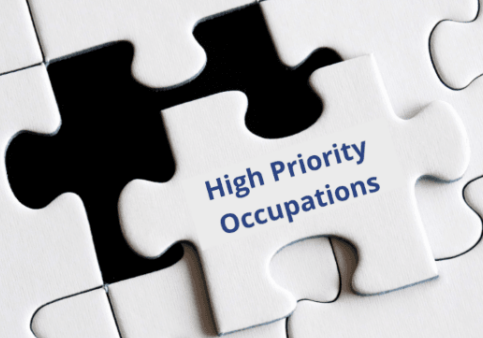In this brief, apprenticeships that were started between the beginning of 2015 and the end of 2021 in Philadelphia are discussed. The Registered Apprenticeship Partners Information Database System (RAPIDS) was utilized to organize and analyze apprenticeship data, which is the primary platform for managing apprentices nationally.
Overall, apprenticeships offer strong opportunities to earn high wages in occupations that are currently in high demand. However, despite the high overall average and median exit wages for individuals completing apprenticeships, there is a large wage disparity by gender, and a high number of apprenticeships have been cancelled. These gaps, along with the underrepresentation of non-white individuals and women in apprenticeships, need to be addressed to ensure more equitable opportunities to these high-paying jobs and careers.
Further, breaking down apprenticeship wages shows that unions and labor organizations, as well as occupations that are in traditional industries, offer higher wages than other organization types and nontraditional occupations. This analysis of apprenticeships in Philadelphia can provide important context for career seekers, employers, and policy makers, offering insight into how the local apprenticeship ecosystem might be improved for certain populations and occupations.
Main Highlights:
- Women earn much lower average and median wages. These lower wages are primarily driven by the lower wages of nontraditional occupations, in which women are more likely to participate.
- Women and non-white individuals are underrepresented in apprenticeships. These demographic groups account for larger shares of the Philadelphia labor force than can be found in area apprenticeships.
- Traditional occupations and apprenticeships with unions or labor organizations offer the strongest wages. This should help guide priorities and investment strategies for apprenticeships. Expanded access to these programs could dramatically improve economic outcomes for Philadelphia residents.





